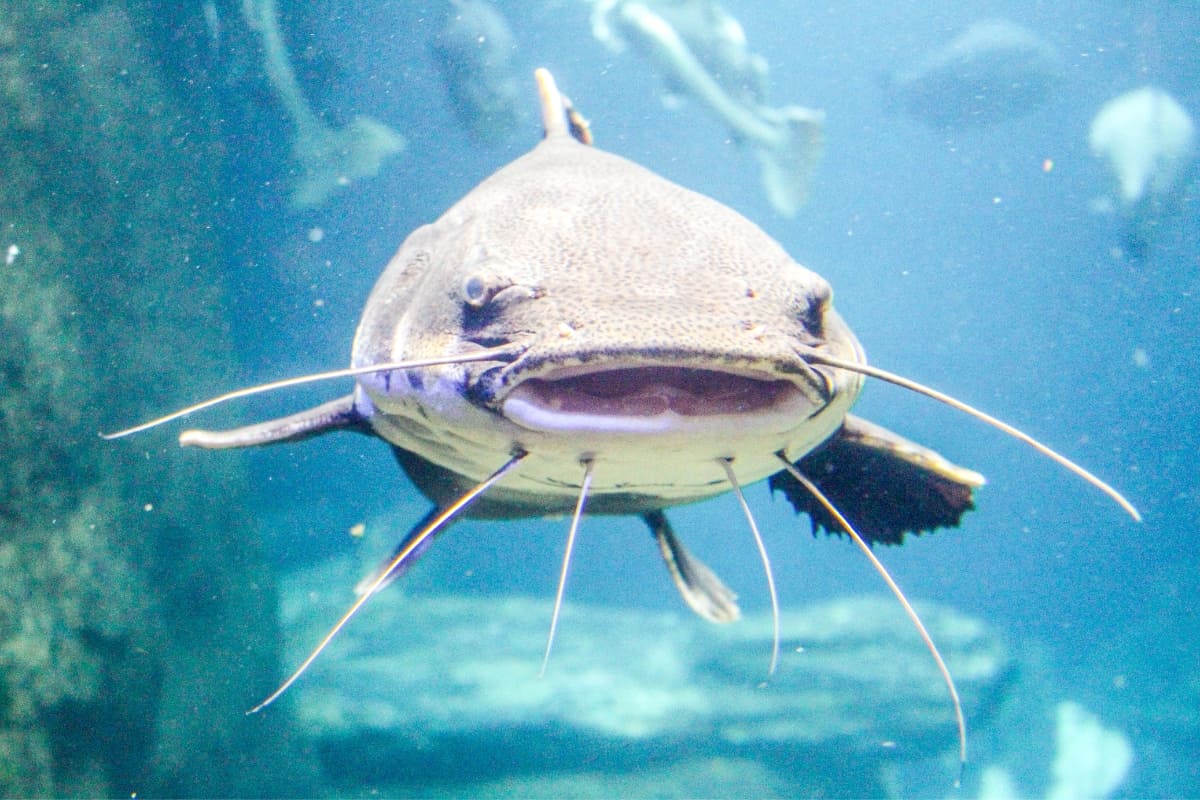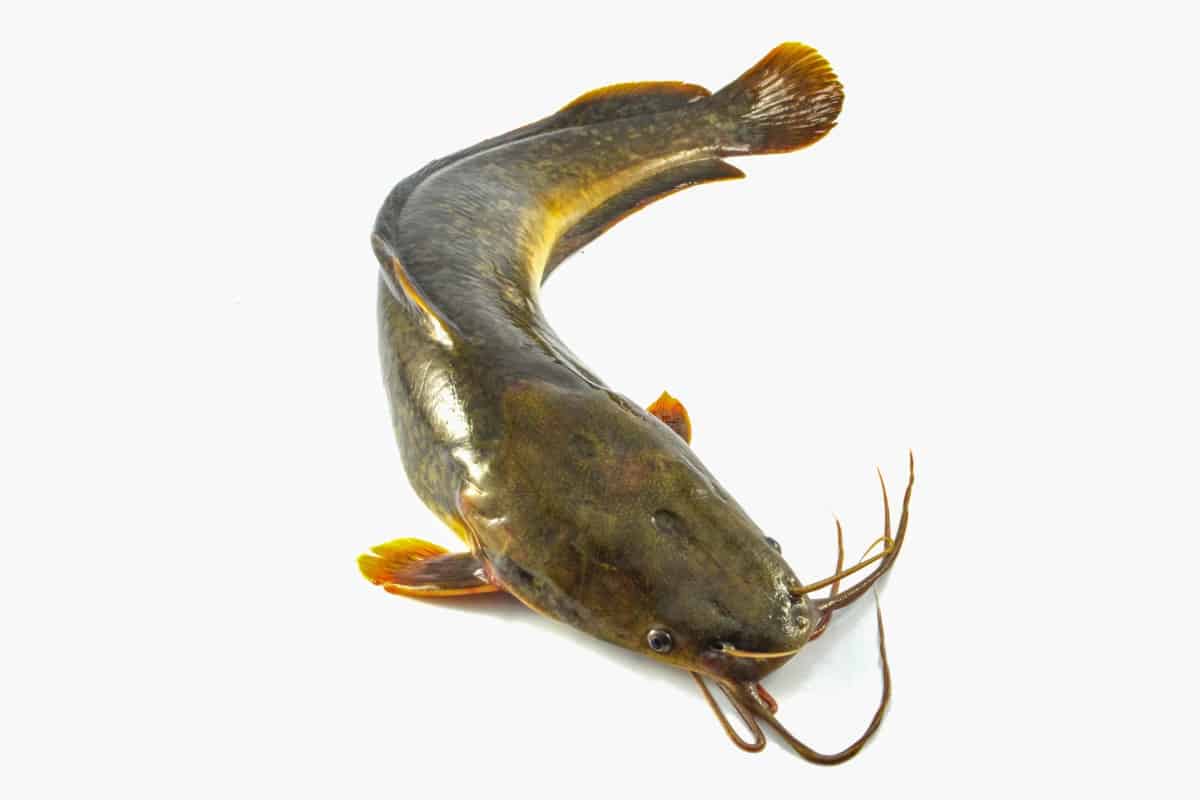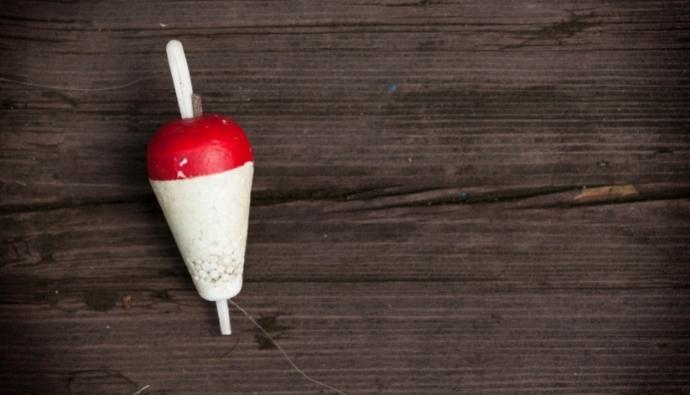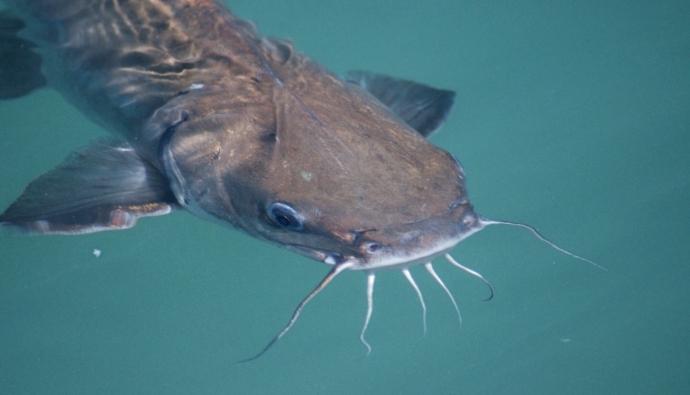Catfish chumming is an angling technique that works on the strength of your lure scent. When you use chum, it attracts catfish to come into close range and eat your lure.
On the other hand, chum is a mixture of bread, flour, and onion, irresistible to catfish. Its smell allows catfish to come close, eat the chum, and spread the smell around, leading to bigger catches.
This angling technique was invented for the sole purpose of catching catfish, but it’s also useful in other ways.
For example, you could use it when angling for other fish or when preparing for any type of angling activity. Now the question is, how do we chum for catfish?
If you’re new to this, we’ll walk you through all aspects of catfish chumming, from the basics of chum-making to advanced techniques! Keep on reading!
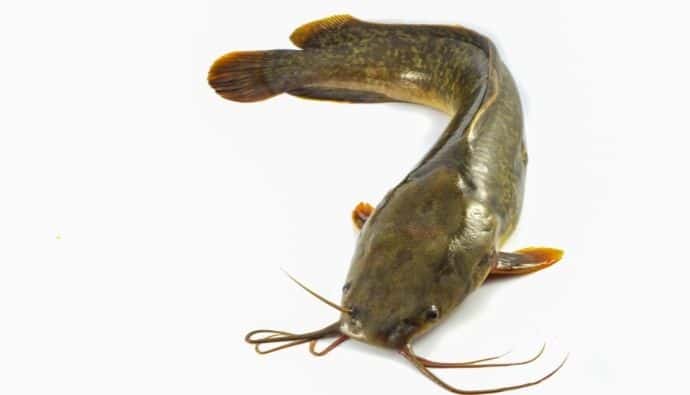
Check out more of our tips on catfish fishing!
The Basics of Catfish Chumming
Chumming is a good way to attract channel cats into an area. You can keep feeding them by just chumming in the area with fresh fish, or you can chum with perch, crappie, or bass fillets.
Catfish chum works by attracting the attention of channel catfish and getting them to feed on it.
You want to find the exact place where the channel catfish are feeding and then take your homemade chum to that location.
The chum used should be small in size so that the catfish will not get filled up while eating them. It is advisable to wrap it with cheesecloth or put it in a sealed container with tiny holes all around it.
This allows the smell of your chum to spread in the water without being eaten by the catfish.
Become an Expert on Catfish Chum Fishing
Catfish chum making is an old art and an easy one to master. It only takes a few hours to make your chum that is effective and simple to use.
All you need is a good supply of small-sized fish to chum with, a small ice-covered container for the fish to chum in, and some homemade catfish chum-making equipment.
How to Start Chumming
Before you start catfish chumming, it is important to ensure that everything is in order.
It includes the proper formation of the chum ball, having the proper water temperatures, and learning the proper technique to drop a chum ball into the water safely.
Any type of catfish bait is good for chumming as long as it can attract the fish. Use any type of dead bait, such as chicken necks, strips, small fish, or pieces of leeches, and feed them into the fish pond.
Small fish will swim right by them, and larger fish will nibble the bait.
Remember, chumming must be done immediately before your fishing trips, as the catfish won’t be able to smell the food and may ignore it.
How to Build a Chum Ball
Get some aluminum foil and tie a section of it to the end of your fishing rod. Let’s say, for example, you are fishing near a dam. You should chum the waters upstream from the dam.
Remember that the friction from your fishing rod’s hook can also help attract small baitfish to the chum ball. It is also important to note that you are not trying to attract aggressive fish; you are just trying to entice fish.
Start Making Your Own Catfish Chum
Different types of catfish chum are made from the actual flesh of fish that you can use. But you can also make your catfish chum from things that you are familiar with.
You can use cooked hamburgers or leftover chicken meat. Thus, you may also use any type of fish or seafood that you have or can find in your local market or feed store.
You can make some of the chum in larger quantities at home, which is more economical; your homemade catfish chum is less than the price of a large can of commercial chum.
How to Bait Your Hook
You have two options when preparing your chum. Many catfish anglers prefer to use live catfish bait such as mealworms.
However, the safest option is a pre-packaged fish/chum mix that will only take up a little space in your tackle box. Nonetheless, your goal is to cover as much distance as possible with the chum, which means using large amounts.
It is a good idea to use a plastic dip net and a long handle during the spawning season. This will allow you to retrieve your baits far from the bank.
Using a hook-shaped float (closer to a baitfish-type lure) allows you to push bait from the surface to the bottom where catfish hide.
The Best Location for Fishing
Whether you are catfish chumming or trolling, selecting the ideal location to fish is paramount. Choosing a location that is catfish inhibited and has enough food sources is crucial.
An offshore bay that has rocky areas is a perfect place to chum. Look out for areas with pogies, sardines, bluefish, and mackerel that can feed a hungry catfish.
Another great location to fish is a new or emerging creek or lake where prey is abundant. You may need to scout for a while until you find an area perfect for your fishing expedition.
Using the Right Bait and Techniques
Ensure that you use the right kind of chum, not the cheap stuff that looks good but will not attract fish. Also, it is a good idea to use the most appropriate type of chum for the species you are looking to catch.
In general, fresh dead or live bait is the best bait. It is always wise to mark your fishing spot for the best results.
The good part is that chumming can be economical, and you do not have to get the best bait in town. Instead, you can use your homemade chum, which is equally effective.
Fish will notice the fresh and high-quality bait.
The wrong kind of bait is not an option for you if you want to succeed in catfishing. The simplest and most effective option is to make use of chum made from natural food, such as:
- Boiled egg whites
- Fish oil
- Egg yolk
- Avocado
- Asparagus
- Toothpaste
- Fish slime
Many fishing authorities are now rejecting the use of egg whites, fish oil, and avocados for health reasons.
Best Way to Fish for Catfish
The best way to fish for catfish is to make sure you know how to chum. When catfish chumming, the key is to make the fish want to eat the fish chum. In other words, make the bait irresistible to the fish.
Chumming can be done with a combination of corn, soybeans, vegetables, seaweed, shrimp, and fish. These are also considered to be the most effective bait for catching channel catfish.
Fish such as sunfish, northern pike, and trout are better chum options for catfish.
The Best Types of Fishing Tackle, Gear, and Methods for Catfishing
There are several ways to use a jig or small plastic lures for catfish. Thus, catfish are generally a saltwater species, but still, some are visible in freshwater streams or rivers.
Nonetheless, any small and flattish lure is good for chumming.
The best ones are baited hooks covered by a bobber. Catfish also eat things that look like food and are attracted to artificial food. So look for little nuggets or little chunks of food.
Are you ready to go catfish chumming?
Indeed, catfish chumming is the best technique to catch catfish. Nonetheless, it is still important to consider other factors such as location, gear, and angling method.
There’s no doubt that catfish will be made available in great quantities with this technique.
So if you are planning to visit an angling spot swarming with catfish, keep in mind the tips and techniques above for a better catch!




 Facebook
Facebook YouTube
YouTube